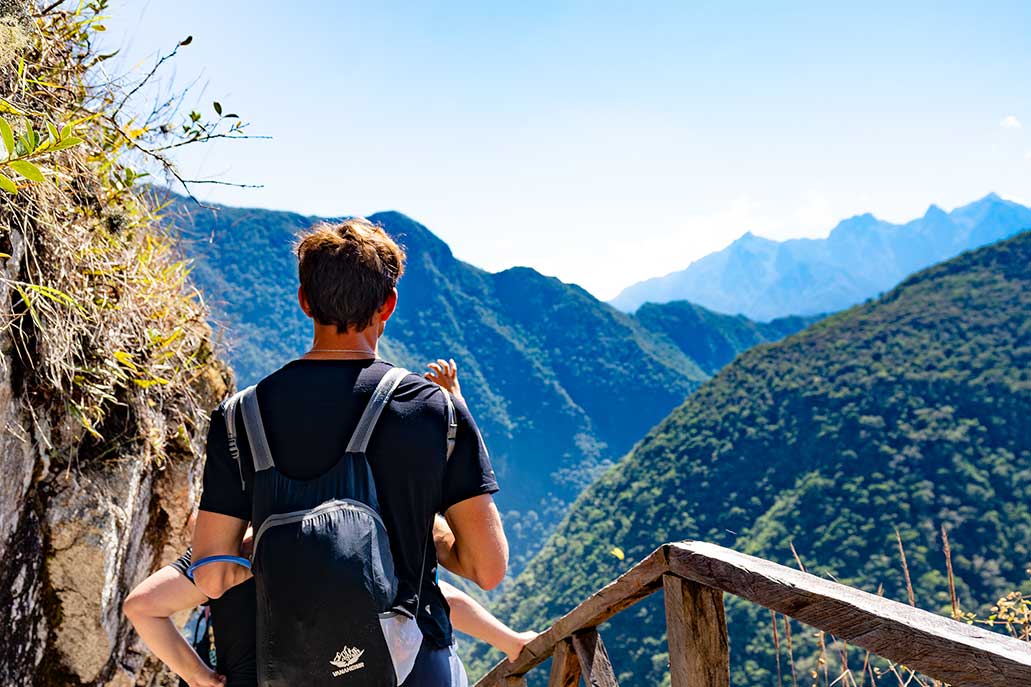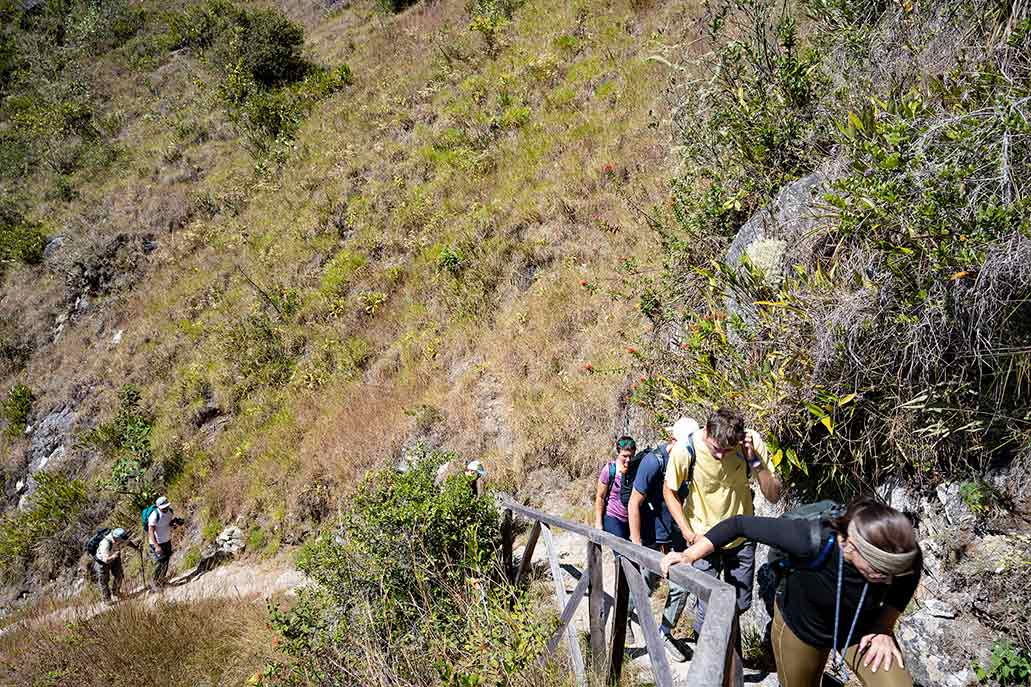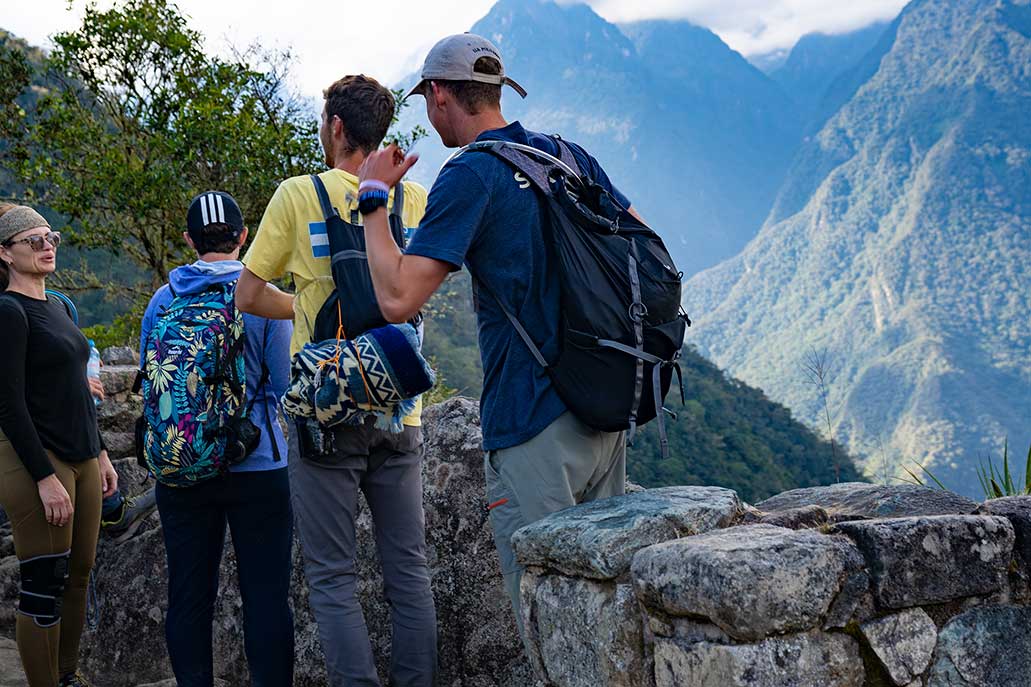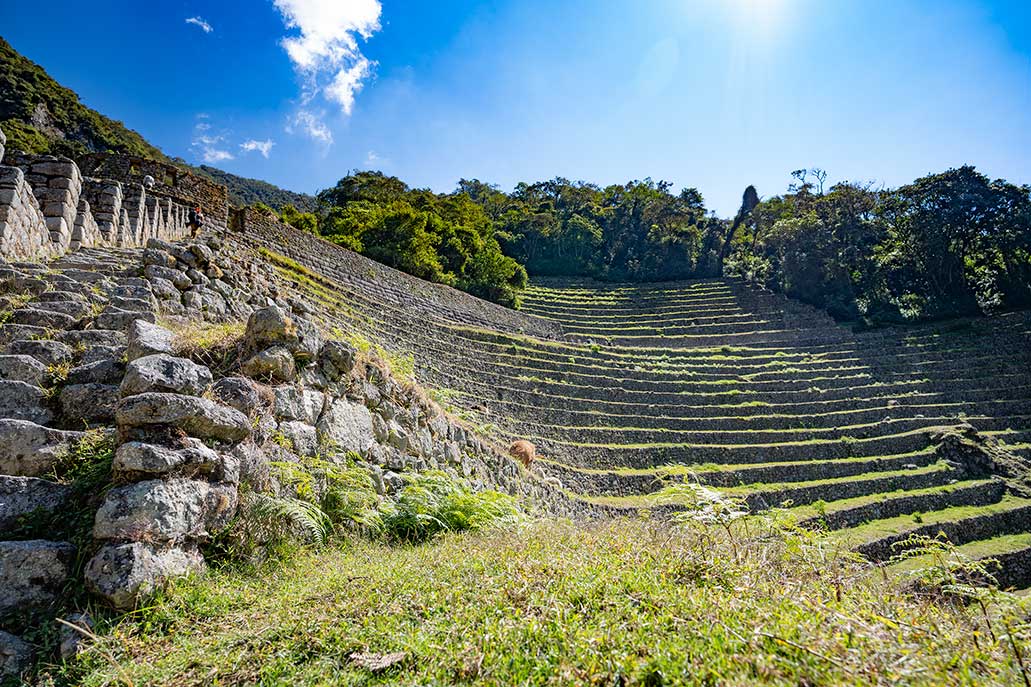Inca Trail or the Qhapac Ñam – the network of stories and new destinations
One of the largest constructions that were made before the Hispanic arrival in South America was the road network known as the Qhapac Ñam These roads united a large part of the populations and ethnic groups of ancient Peru. It was through these roads that one could cross one of the most complicated geographies in the world, the Andes Mountains. The Great Inca Trail or the Qhapac Ñam, began its construction even long before the presence of the Incas. They, at the time of their expansion, managed to unify and expand the networks of this road that could reach from the Ecuadorian coasts to the center of Chile and at the same time part of the Peruvian jungle.
Content
Inca Trail Extension
One of the greatest creations of man was to develop roads. The roads laid out safe routes and facilitated the transportation of messages or merchandise. That is why one of the largest constructions in this part of the world was the Qhapac Ñam or Great Inca Trail. In this network of roads, some routes crossed high-altitude areas and later descended into the jungle or the marine coasts, drastically changing the climate. This example can be corroborated by those who dared to take the Inca Trail Tour or some other hiking tour to Machu Picchu, which is located in the high jungle of Cusco.
During Spanish rule, there are records that the Inca Trail, in its entirety, reached an extension of more than 60 kilometers. The magnitude of this extension is better understood when comparing it with the extension of the Peruvian coast alone, which is 3080 kilometers. In this sense, the Capac Ñam was not a single road, it was a whole network of roads through which they could travel from the sea coasts to the high jungle and throughout various territories.
It is believed that since Pachacutec came to dominate the Sacred Valley and the surroundings of Cusco, he began to further expand the domains of the nascent Inca empire. In this sense, the existing roads to sacred places and new destinations began to be improved. All of these new destinations would depart from the center of Cusco, exactly from the current Main Square, which at that time had the name of Huacaypata. This was the nucleus where the routes to the 4 Suyos departed.
The 4 Suyos or Tawantinsuyo, were what the 4 geographical spaces that they came to control were called. After Pachacutec, his descendants made great expansions. They established control throughout the Collasuyo, reaching part of Bolivia and northern Argentina. They also reached Central Chile. To the north, they reached destinations such as Ecuador and Colombia. The main expansion was along coastal geographies and the Andes. In the case of jungle exploration, only territories of the high jungle and some valleys of the low jungle were reached.
Who used these roads?
The Inca Trails were used mainly by the elite. After that, it was used by the chasquis or messengers throughout the Inca empire. They were in charge of transporting news, requests, or some products from one place to another. Likewise, surely the roads were used for the movement of the authorities or curaca chiefs. It is important to keep in mind that the Inca used to hold meetings with the leaders of their tribes. They followed these paths to reach Cusco to hold meetings or show some of the people’s concerns to the Sapa Inca. It was also necessary for them to, on some occasions, render vassalage to maintain peace.
It was also used to deliver taxes to the Inca government. That is, products were transported from various places or the Inca himself gave gifts of these to be taken to the homes of the curacas or ethnic chiefs. That is, the Inca Trail was constantly used. In this sense, these roads were used for various reasons; First, to have a safe path through which to transport urgent messages, and products from each region to others. It also promoted the free exchange of production and it is also said that, on some occasions, the residents could go out in the direction of the main shrines or deities. One of the main destinations was Pachacamac.
Likewise, there are clear signs of paths that lead towards the main apus. These were also, on some occasions, composed of temples of smaller constructions, but aimed at having a worship purpose. Some of these roads are still used in the same way as in the past. Other roads were reused and today, already converted into highways. Other networks of the Inca Trail continue to be used by communities that cover the routes to market their products or similar.
He was considered one of the main deities of Andean mythology. His name refers to the “maker of the world” or “creator of the earth.” The second translation seems to better fit the Andean conception and the animism that they imparted to nature. He was considered by different cultures, even many older than those of Huari and Chancay. In one of the main temples you could find an intersection of buildings from different periods, the last being that of the Incas. That is, they respected the importance and worship of this deity.
The Qhapac Ñan, the main protagonist of the stories
The Qhapac Ñam was the main protagonist of the historical changes in much of South America. Probably the first human beings began to trace some paths that managed to last to this day. Human beings require great changes to advance both socially and politically. These changes occurred over 5000 years as in other parts of the world. It probably all started even before Caral and little by little, new societies developed in such a complicated geography.
The Qhapac Ñam or Inca Trail began from the very history of a man belonging to this part of the world. It was a witness and at the same time a protagonist of so many stories mainly of wars and battles that occurred over the years. It was present in the conflict of the Incas against the Chancas and also when Pachacutec began to expand his geographical domains. Later their children would face other ethnic groups of great power such as the Chimú. Until we reach the Cañaris in Ecuador, the Araucanas in Chile, and other ethnic groups in the high jungle of Peru.
Likewise, the Inca Trail was essential for the Spanish to guide themselves. Thanks to this communication system, they arrived safely and with food to Cusco. After killing Atahualpa, and before that, he was in charge of murdering his brother Huáscar who was also transported along this road to meet the Spanish. Likewise, it served to transport all the gold delivered by Atahualpa and to consolidate the new citadels that to this day it is possible to visit and are also capitals of some countries for example: Santiago de Chile, Quito in Ecuador, and Lima in Peru.
Importance of the Inca Trail today
The most important contribution of the Inca Trail is that it unified and continues to unify a large part of the populations of the Andes. Beyond that, it is an undeniable example of the great architectural and engineering capacity that the Inca culture possessed. All of these roads had different construction styles in the different geographies in which they were laid out. There they used different techniques that were designed and built according to the soil, climate, and climatic conditions.
At the same time, between the roads you can find bridges woven with ichu and in some cases stone bridges. It is essential to understand that they also used stairs in mountainous areas to precisely provide sections of security. These stairs provided control points to avoid attacks or the arrival of enemy armies since they were located in elevated areas.
The main use was for communication and sending messages in a short time. Currently and as we mentioned, it continues to fulfill that function. Unfortunately, few people know that the roads they travel or use were used many years ago. There are just some sections that highlight this characteristic, such as the 4-day Inca Trail and all the variations that are offered. It is also possible to follow an Inca trail that currently connects with Pachacamac in Lima.
It would be really impressive if all the sections of the roads that were used and can still be used today were revived and detailed. This is not only in Peru but also in all the countries where these sections arrived. In Chile and Colombia, for example, initiatives have begun to fix and conserve these sections since some of them lead to Inca constructions of great value that little by little are having a greater impact in the field of tourism and also help to better understand the style. of life of the Incas and the cultures before them.
New destinations on the Inca Trail?
The Inca Trails were fundamental for the entire Tawantinsuyo society. As we mentioned, it is believed that these roads not only unified cities, dairy farms, and checkpoints, but also with sacred destinations that were normally lagoons and high mountains. But like all roads, the initial line began in Cusco. Likewise, there was a very important network that connected Pachacamac with the central Andes of Peru and these were connected to both the north and the south.
Unfortunately there are few studies on the occupation process of Qhapac Ñan.The recent studies that are published never cease to surprise the unifications and networks of paths that can continue to be used. It’s amazing to see how some roads still have their walls and stairs intact over time, without any explanation of how they’ve managed to do so. Some sections have been paved to prevent damage from humidity. Large and wide routes can be found in the high Andean areas with vast extensions.
Although the Incas were not the exclusive builders of these roads, they were the ones who intensified their functionality. The new destinations of the Inca Trail can take us from the past to the future. That is, to show us all the magnanimity of this construction that surely connects a large part of the archaeological sites that can be found in Peru. Likewise, it can guide us towards new constructions that are hidden by inclement weather. Knowing our past will lead us to have a better future, especially one where the Peruvian population understands the greatness of their ancestors.




